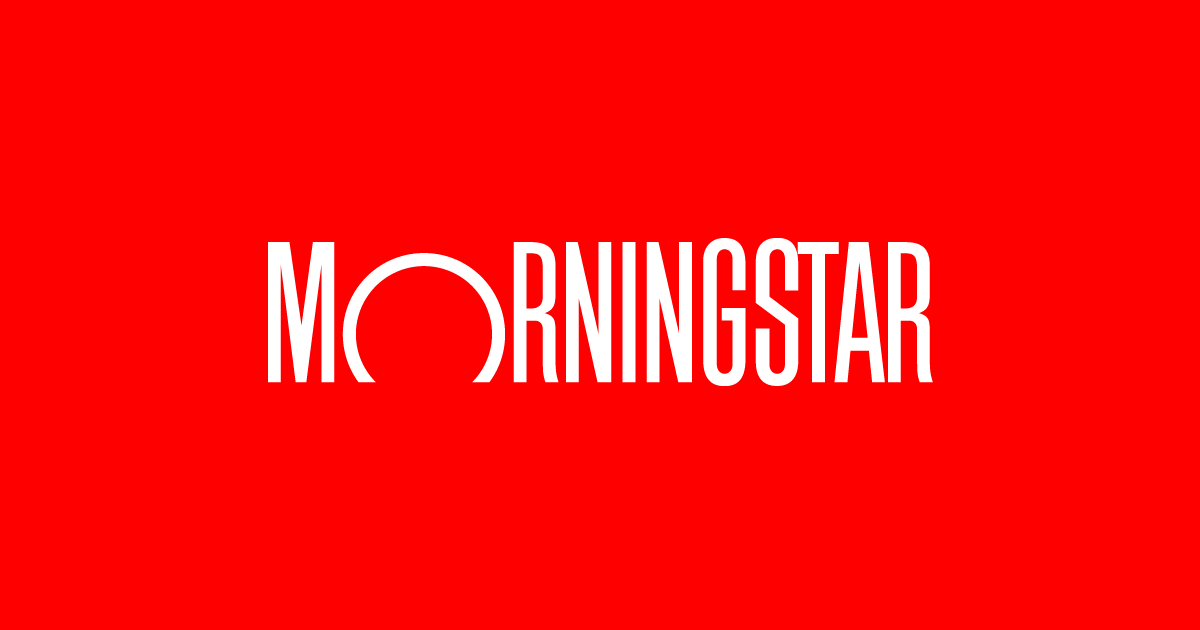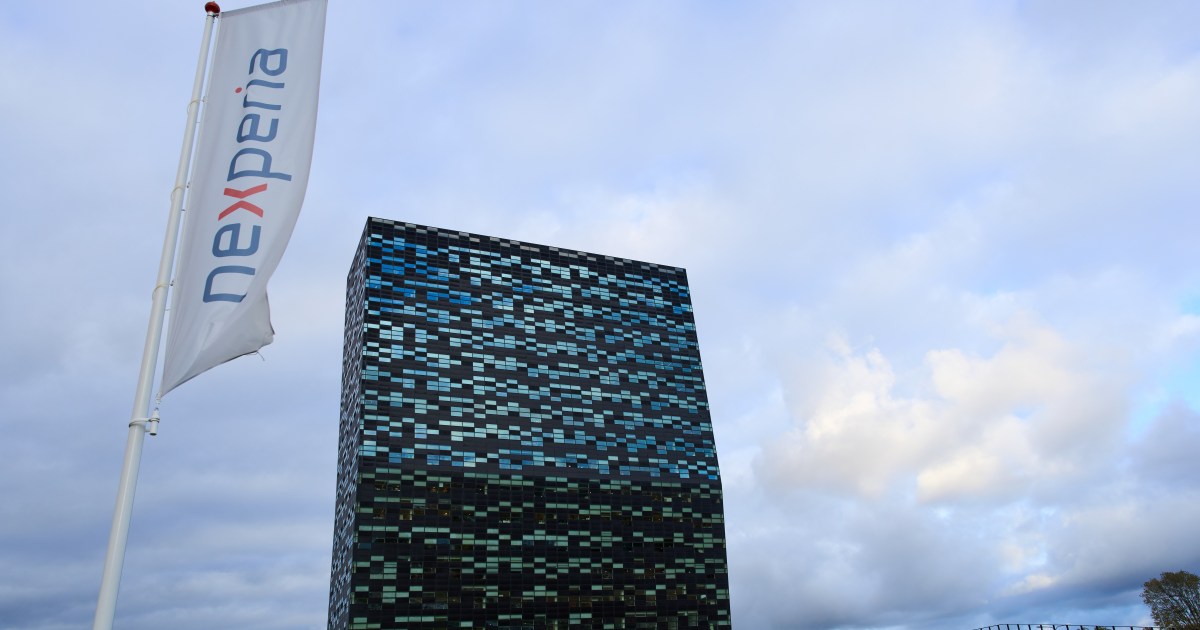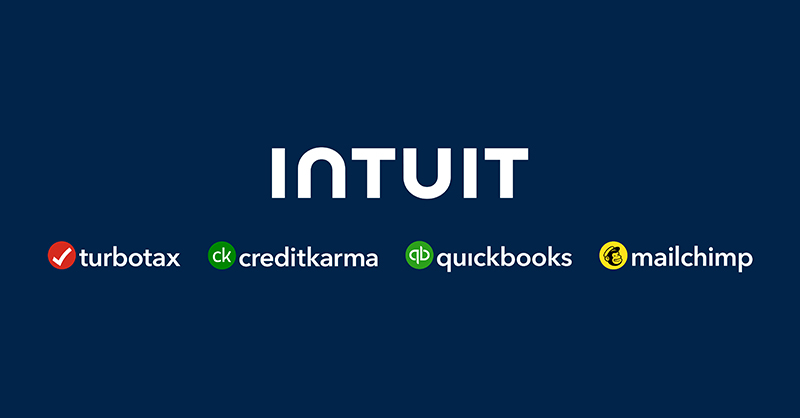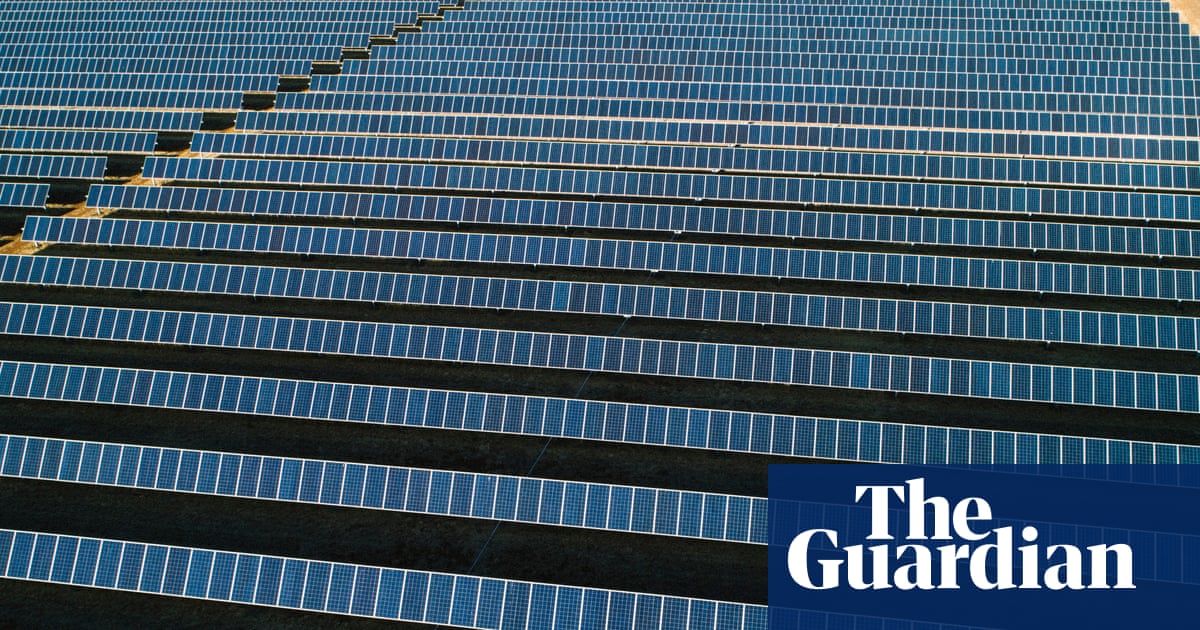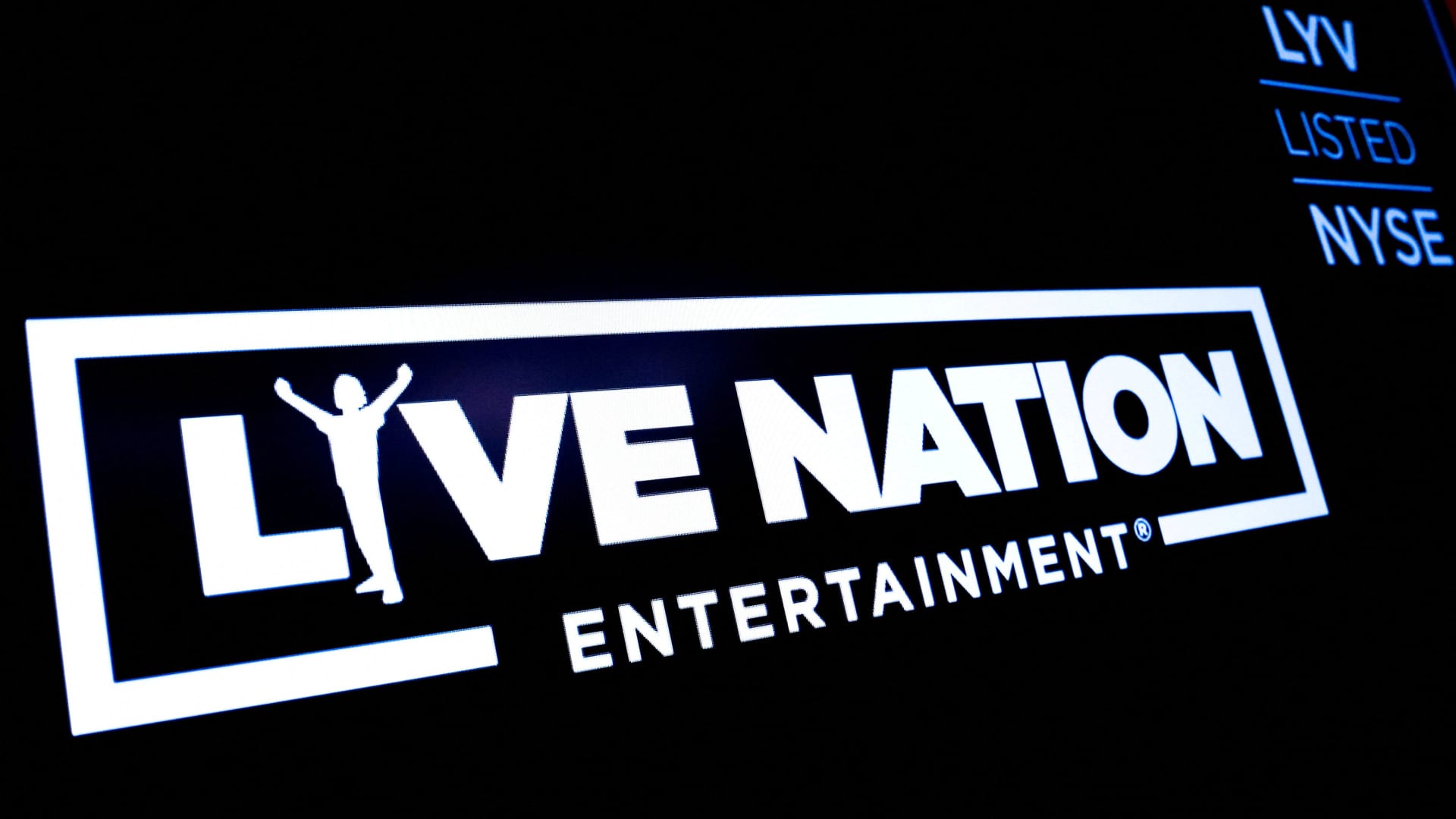By Barbara Kollmeyer
‘This is a truly game-changing technology that will reshape the world economy in the years to come,’ says the bank.
For investors, there’s no ‘turning back’ on AI now, says Barclays.
On a day of blowout results and forecasts from Nvidia, our call of the day says investors have reached the point of no return with AI, which is all that matters heading into 2026 and beyond.
“We expect AI to be the most important macro factor in 2026, as traditional drivers such as monetary policy and trade policy fade,” writes Ajay Rajadhyaksha, global chairman of research at Barclays in the bank’s 2026 outlook – “As Goes AI.”
“We think fears of a collapse in the AI narrative are overdone and expect the economic expansion to continue for yet another year,” Rajadhyaksha adds. The U.K. bank that is a U.S Treasury dealer says its outlook includes a boosted 2026 2026 forecast for the S&P 500 SPX to 7400 from 7000.
Fears that AI companies may not be able to deliver on the vast amounts of spending on the technology have been a major driver of hiccups for stocks in recent weeks. That’s as investors also fret over waning expectations the Fed will make one last rate cut this year.
Driving home AI importance, Rajadhyaksha estimates about 1% of U.S. growth in 2025 came from spending on the technology, with “old” economy spillover for construction on data centers, telecoms firms putting down networking equipment, etc.
“The scale of the build-out will probably dwarf the telecom rollout; the U.S. is likely in the middle of its biggest capex cycle in many decades,” Rajadhyaksha says.
AI has also been playing a massive role in boosting stock markets and investor wealth, he says, estimating that since end-2022, AI-related equities have driven 75% to 80% of the S&P 500’s earnings and total performance. That’s as the U.S. consumer has faced down trade worries, job uncertainty and housing market troubles.
“Strong wealth gains, powered by AI-sensitive equities, are a large part of why. AI spending helped investment, and AI equities helped consumption,” says Rajadhyaksha.
The biggest risk to investors and the U.S. is the AI revolution running out of steam, he says. With households holding $45 to $47 trillion in equities, a 30% fall in valuations, for example, would lead to a household hit of $15 trillion, hitting that wealth effect and consumption, collapsing AI capex and likely triggering a recession, says the strategist.
“We remain believers; we think comparisons to 2000-02 are exaggerated, even if total spending will likely be greater,” he says. Supporting that view he notes that markets have rebounded from each AI-related scare, such as DeepSeek, as hyperscalers margins and profits are strong and AI use cases are increasingly showing up.
Read: This sleeper AI risk for stocks in 2026 has got Wall Street talking over the past few weeks
The firm forecasts 2.1% U.S. growth next year, as tariff drags fade and the One Big Beautiful Bill’s fiscal boost kicks in. They don’t expect material AI-caused job losses but do expect productivity will drive the next four quarters of growth.
So how to play the AI revolution? Barclays has shifted to a positive view on the whole technology, media and telecom sector as a secular growth story, with expectations for AI-driven capex and double-digit growth for cloud and digital advertising businesses.
Other themes Barclays likes: cyclical/growth equities that would benefit from Fed rate cuts; potential for deal activity driven by easier financial conditions; and financials owing to U.S. economic resiliency. The bank also lifted utilities to positive, on expectations of a boost from lower rates, plus data-center power demand. Consumer, commodity-linked and healthcare sectors will lag behind the S&P 500, due to inflation firming up, commodity oversupply and regulatory headwinds, says the strategist.
Style-wise, they are betting on growth over value, helped by tech-led earnings strength.
Barclays also recommends exposure to 2-year Treasury yields, with Fed cuts unlikely to go away. Elsewhere, Chile, Peru, Australia and South Africa will likely benefit from demand for metals and critical minerals by AI.
Read: While Nvidia is thriving, this CEO hails an anti-AI bet – and is winning
The markets
U.S. stocks DJIA SPX COMP are surging at the start following jobs data and Nvidia earnings. Treasury yields BX:TMUBMUSD10Y are moving lower and bitcoin (BTCUSD) is rising.
Key asset performance Last 5d 1m YTD 1y
S&P 500 6642.16 -3.05% -0.85% 12.93% 12.25%
Nasdaq Composite 22,564.23 -3.60% -0.77% 16.85% 18.97%
10-year Treasury 4.144 1.80 13.90 -43.20 -28.10
Gold 4065.8 -2.60% -1.87% 54.05% 52.15%
Oil 59.41 1.38% -3.79% -17.34% -15.29%
Data: MarketWatch. Treasury yields change expressed in basis points
Need to Know starts early and is updated until the opening bell, but sign up here to get it delivered once to your email box. The emailed version will be sent out at about 7:30 a.m. Eastern.
Take control of your news. Make MarketWatch your preferred source on Google.
The buzz
September nonfarm payrolls rose 119,000 versus an expected 50,000, with the unemployment rate rose to 4.4% from 4.3%, which was the expected number. A revision to August data showed a 4,000 drop in jobs instead of 22,000 created as previously estimated. Weekly jobless claims fell by 8,000 to 220,000 in the week ended Nov. 15. The Philly Fed survey showed weakening activity in November, while existing-home sales for October are due at 10 a.m.
Walmart stock (WMT) is falling after beating forecasts for overall third-quarter profit and sales, but posting a disappointing Sam’s Club performance and increased outlooks that didn’t quite impress Wall Street. The retailer will also move its stock listing to the Nasdaq from the NYSE early next month. Ross Stores (ROST) will report after the close.
Nvidia shares (NVDA) are up 6% after the AI-chipmaker beat revenue expectations by more than $2 billion, and its outlook exceeded consensus by nearly $3 billion. And from CEO Jensen Huang: “AI is going everywhere, doing everything, all at once.”
Datacenter operators Super Micro Computer (SMCI) and CoreWeave (CRWV) are getting a Nvidia-fueled boost, along with Vertiv (VRT), a maker of air conditioning systems for server racks.
Palo Alto Networks shares (PANW) are falling after the cybersecurity group’s earnings just beat forecasts and its outlook was in line.
IBM (IBM) and Cisco Systems (CSCO) announced a new partnership over quantum computers.
Abbott (ABT) announced a $21 billion deal for Exact Sciences (EXAS), which makes the game-changing colorectal cancer test Cologuard.
Federal Reserve Governor Lisa Cook speaks at 11 a.m., Chicago Fed President Austan Goolsbee at 1:40 p.m. and Philly Fed President Anna Paulson at 6:45 p.m.
Best of the web
How Americans’ nest eggs built a private-equity loan revolution.
10 subtle signs that you are ready to retire
Opinion: If robots replace workers, what happens to Social Security?
The chart
Nike shares (NKE) have entered a so-called “death cross,” a pessimistic setup that bodes for tougher times ahead for the stock. The definition of a death cross is when the 50-day average of the stock falls below the 200-day and the worry is that the decline could keep going. Tariffs and a tough China market are issues for the stock that has lost 17% so far in 2025. Read more here.
Top tickers
These were the top-searched tickers on MarketWatch as of 6 a.m.:
Ticker Security name
NVDA Nvidia
TSLA Tesla
AMD Advanced Micro Devices
PLTR Palantir
TSM Taiwan Semiconductor Manufacturing
GME GameStop
AMZN Amazon
AAPL Apple
MSFT Microsoft
GOOGL Alphabet
Random reads
The fight to save the “Dazed and Confused” middle school.
A record $2.6 million sale – for the most “complicated pocketwatch ever made.
What you can’t say on the internet.
-Barbara Kollmeyer
This content was created by MarketWatch, which is operated by Dow Jones & Co. MarketWatch is published independently from Dow Jones Newswires and The Wall Street Journal.
(END) Dow Jones Newswires
11-20-25 0939ET
Copyright (c) 2025 Dow Jones & Company, Inc.
